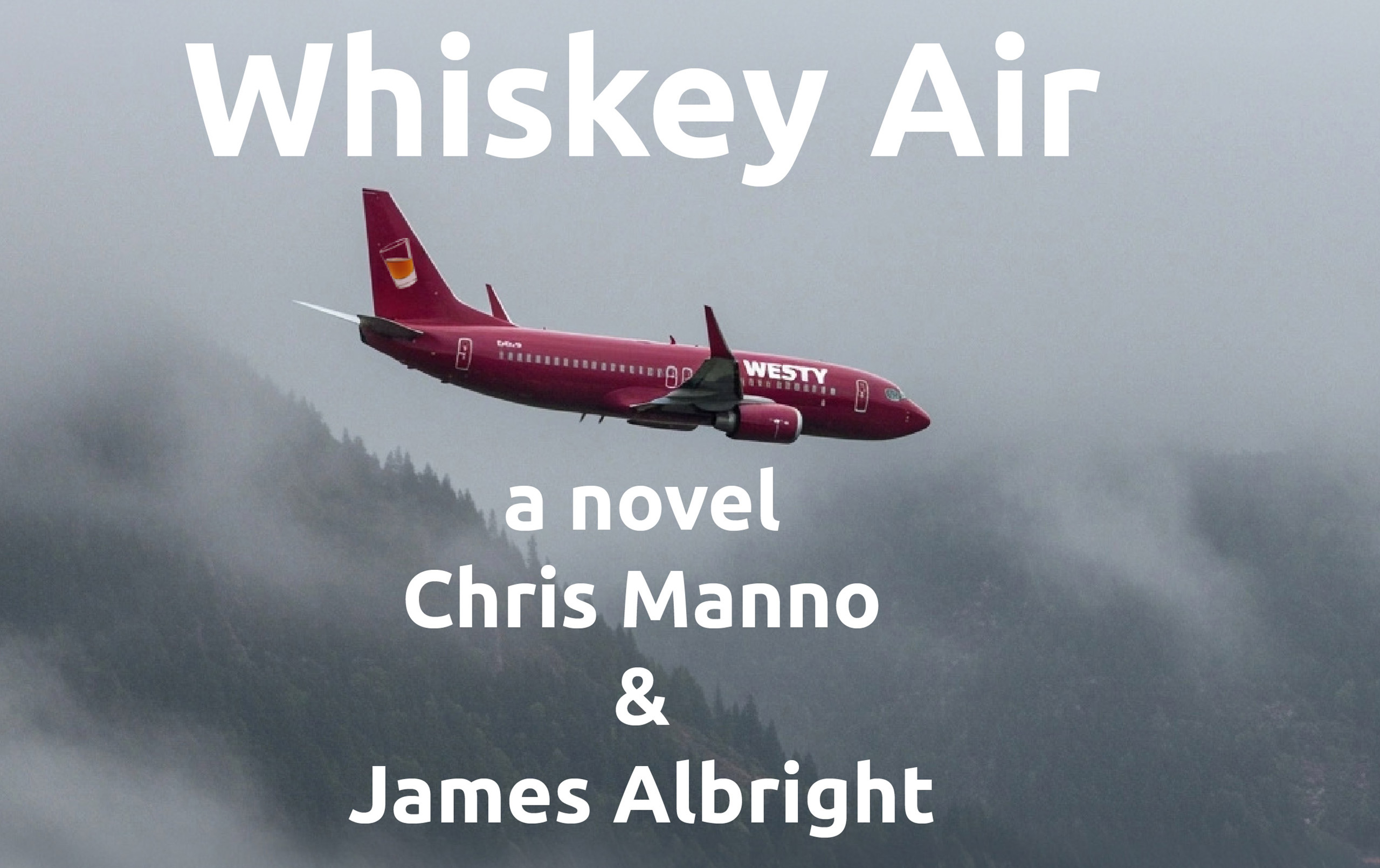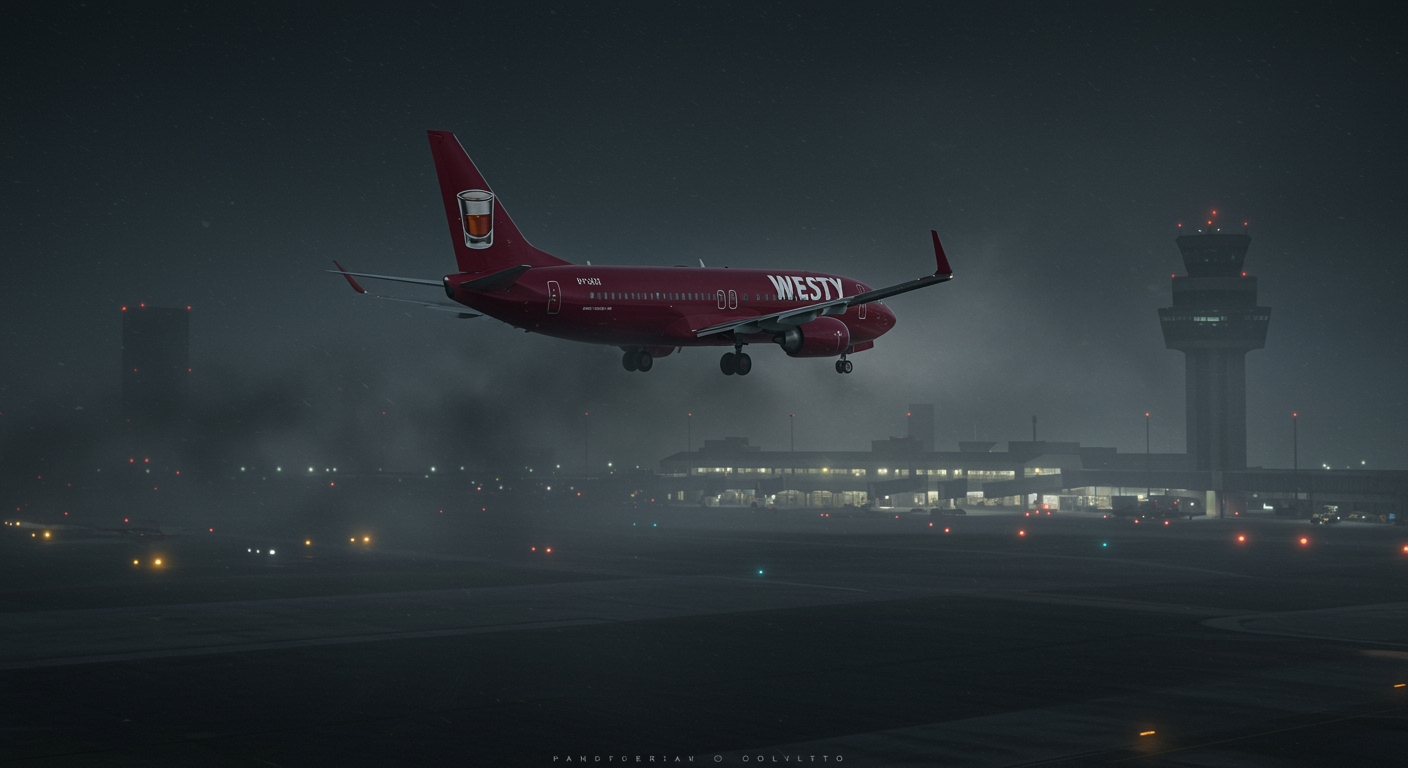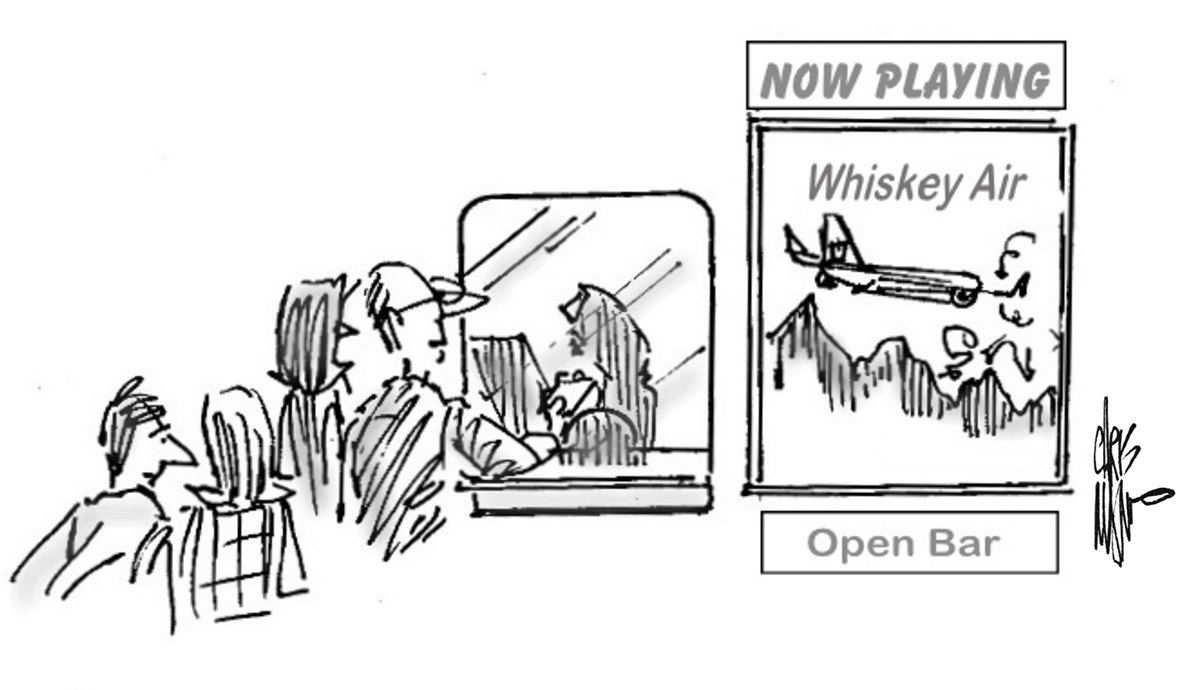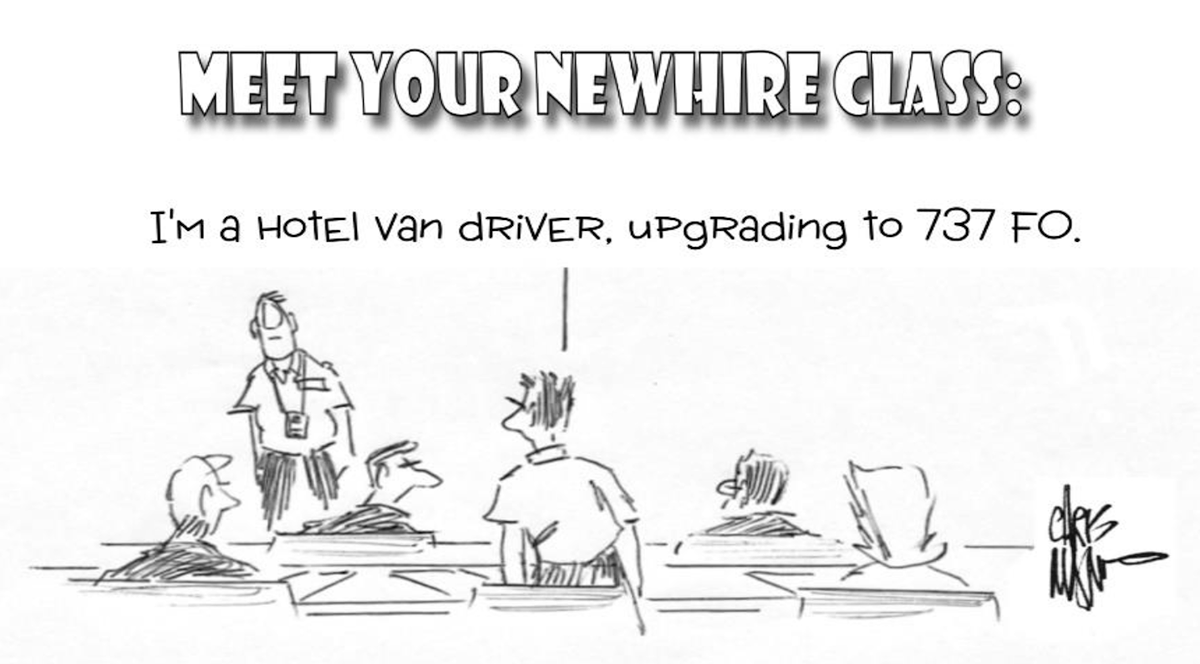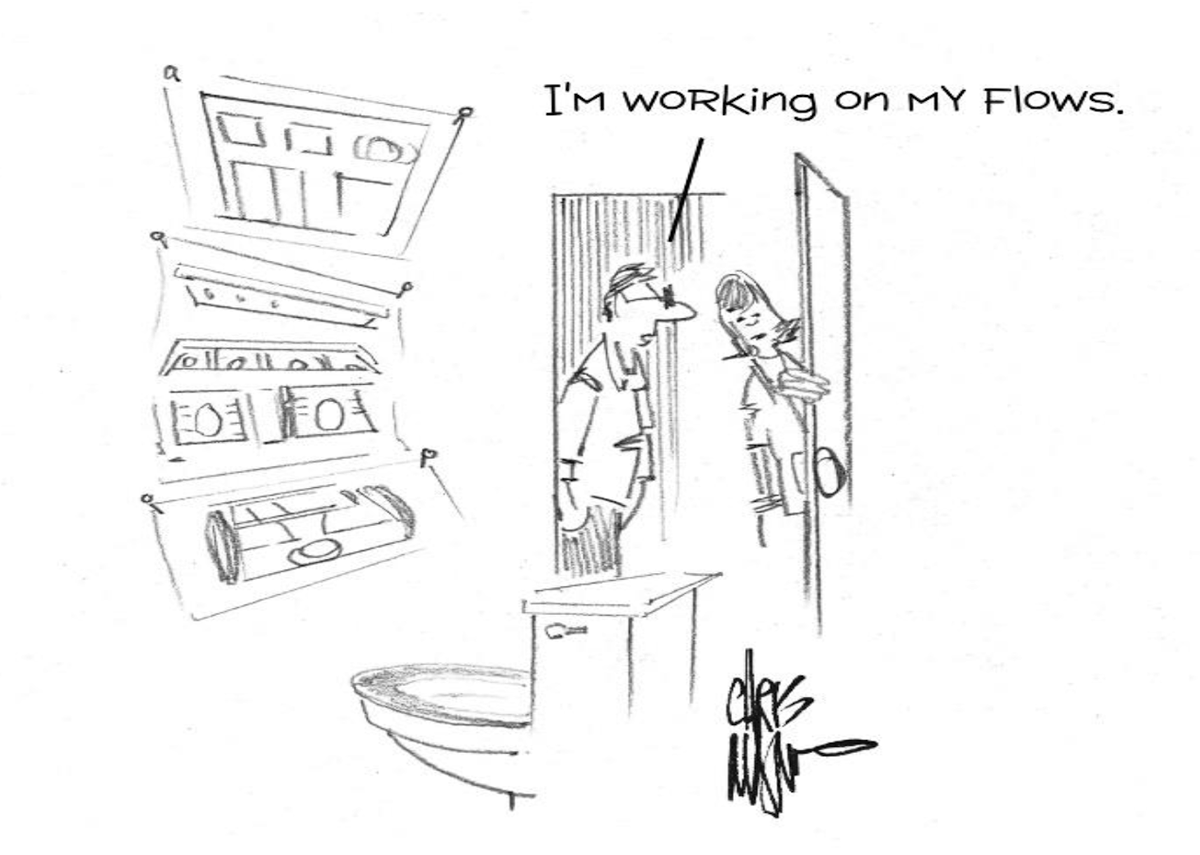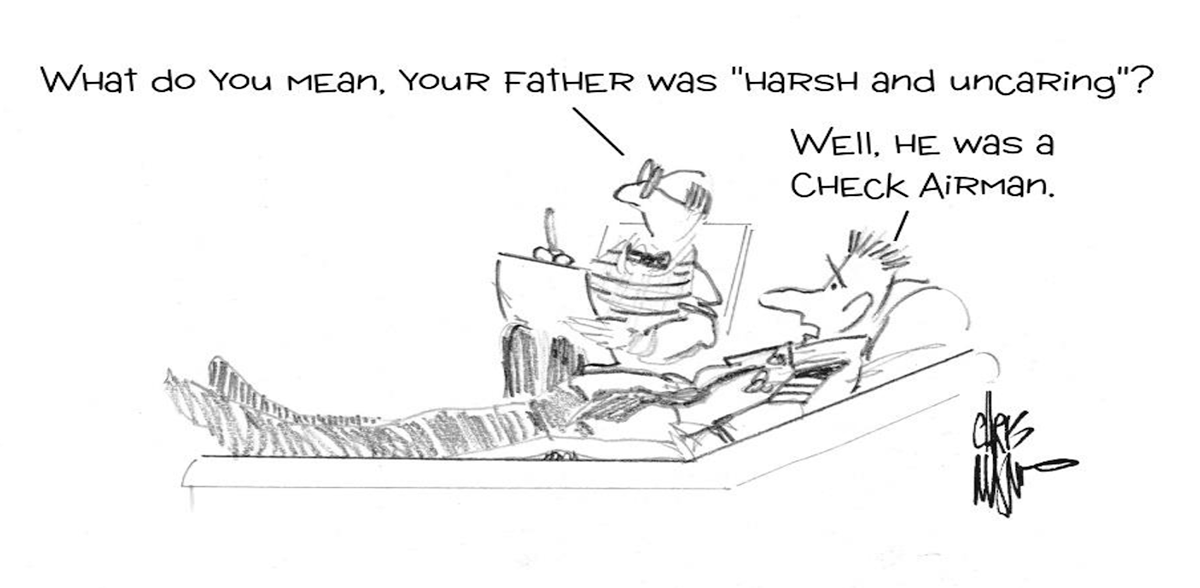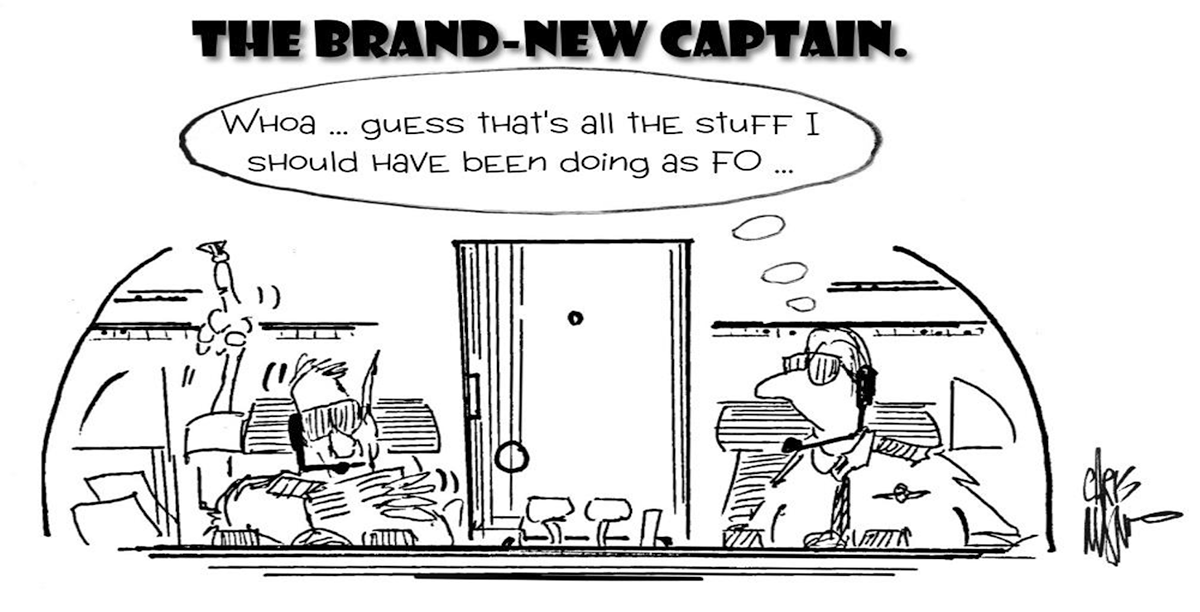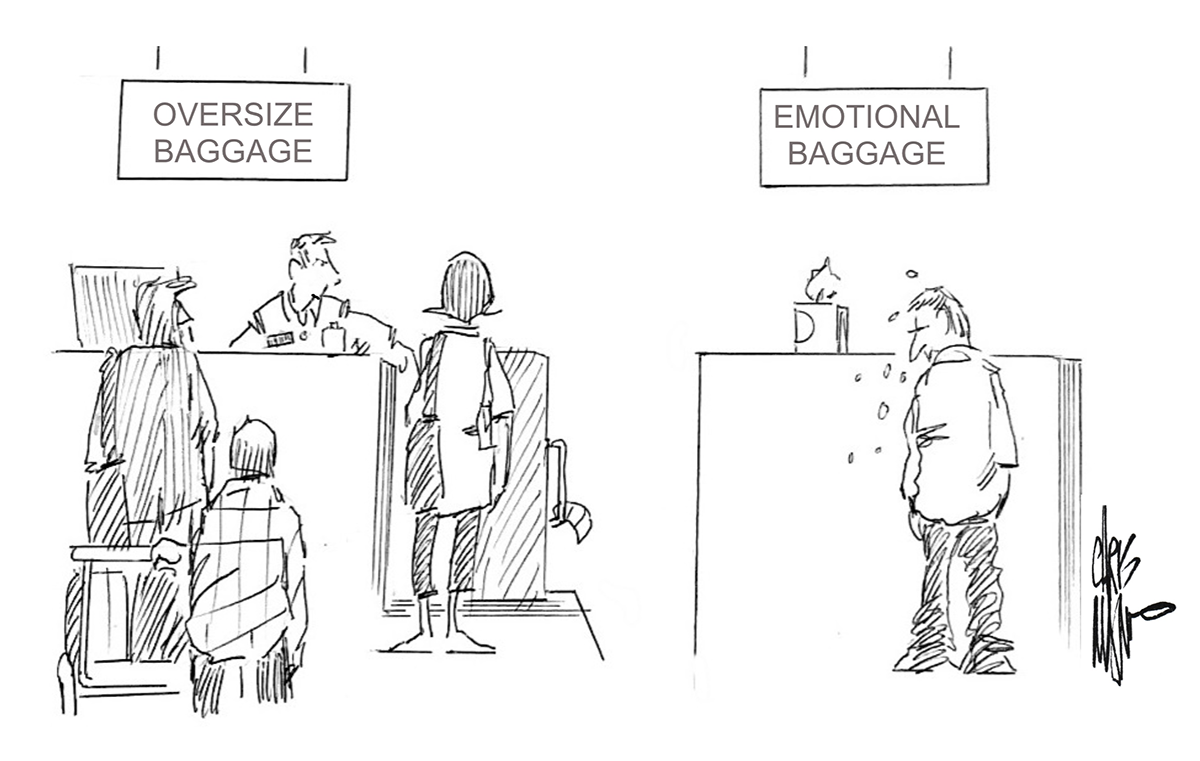UPDATE! Whiskey Air is now the #1 New Release in Air Transportation at Amazon. If you would like to hear about it, Chris Manno and I were interviewed at the Airplane Geeks Podcast, which you can listen to wherever you get your podcasts, or right here:

Airplane Geeks Podcast: 860 The Edge of Disaster
As I said last month, this book is a collaboration with an author I've long admired, Chris Manno. I've known Chris since we were both copilots at our EC-135J (Boeing 707) squadron in Hawaii, way back in the 1980s. The collaboration doesn't end there. As was true with Equity Airlines, the cover art is by Steven Foltz, the webmaster over at Code 450.com. As with all my books, our goal is to entertain and to shed light on a problem in aviation that needs to be solved. I hope this novel captivates you and causes you to think twice the next time you buy an airline ticket.
— James Albright
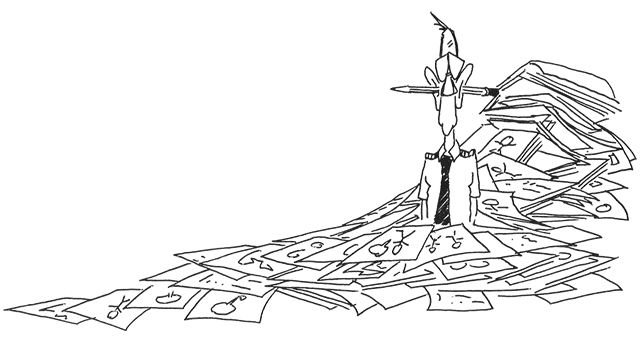
Updated:
2025-09-01
Air travel in the modern era is by far the safest method of travel in the world—until it isn’t. But how would you know?
Go behind the scenes as government oversight, rogue airline culture, and profit motives, conspire to erode the hard-won safety standards air travelers count on when soaring at close to the speed of sound, miles above the ground. Deep dive into the core of a rogue airline’s pilot culture and profit motives, and, at the same time, the undercover struggle of dedicated regulatory whistleblowers pushing against the brick wall of bureaucracy and the compromised, chummy relationship of government agencies and the airline industry they’re sworn to oversee.
Whiskey Air is a hard-hitting call to action, a novel based on facts, an eye-opening adventure, and an air travel story that needs to be told—before it’s too late.
1 — Airline safety: advances in technology, techniques, and luck

1
Airline safety: advances in technology, techniques, and luck
By just about any metric, airline travel today is safer than it was several decades ago. The fatal accident rate in the United States, for example, was between 5 and 10 fatal accidents per million departures. Today? Less than 0.2 per million departures with some years reaching zero.
For a more recent comparison, consider the years 2000 to 2009, excluding the September 11, 2001 hijackings, as compared to from 2009 to 2025, so far.
- Jan 31, 2000 — Alaska Airlines 261
- Nov 12, 2001 — American Airlines 587
- Sep 3, 2003 — US Airways 5481
- Oct 19, 2004 — Corporate Airlines 5966
- Aug 14, 2004 — Chalk's Ocean Airways 101
- Aug 27, 2006 — Comair 5191
- Feb 12, 2009 — Colgan Air 3407
Since 2009, just one:
- Jan 29, 2025 — American Airlines and an Army Black Hawk helicopter midair
All this begs the question: why?
Better technology
The list is pretty long, but just to name a few things that make airline travel safer today:
- Engines made of stronger materials, controlled more by computers than hydromechanical systems.
- Navigation systems and other avionics that reduce the amount of "guess work" needed in older aircraft.
- Safety systems, such as TCAS, EGPWS, and ADS-B are game changers.
- Redundant systems.
Better techniques
By "techniques," perhaps I am leaning into the idea of a safety culture in aviation.
- Crew Resource Management that changes cockpits from the private domain of "Skygod" captains into a collaborative effort by members of a team.
- Safety Management System programs that encourage hazard identification and continuous improvement.
Luck
Despite the advancements in technology and techniques, we came very close to having a very bad year in 2024. The following are just some of the near tragedies where we got lucky:
- Jan 5, 2024 — An Alaska Airlines 737 door blown out shortly after takeoff (Portland).
- March 23, 2024 — A Southwest 737 came within 100 feet of crash landing 1,400 feet right of centerline (LaGuardia).
- April 11, 2024 — A Southewest 737 plunged to within 425 feet of the ocean on approach short of the runway (Lihue).
- April 18, 2024 — A Southwest 737 and a JetBlue E190 cleared simultaneously on intersecting runway paths (Washington National).
- June 19, 2024 — A Southwest 737 descended to about 525 feet, 9 miles short of the airport (Oklahoma City).
- July 8, 2024 — An American Airlines and a Delta Airlines aircraft came within 725 feet of each other (Syracuse).
- July 14, 2024 — A Southwest 737 came within 150 feet of descending into Tampa Bay, 5 miles short of the runway (Tampa).
- September 12, 2024 — A Southwest 737 crossed a runway that an Alaska Airlines 737 was cleared to takeoff from (Nashville).
You can argue that these incidents didn't result in fatalities because a sharp Air Traffic Controller intervened, the crew responded to a TCAS and EGPWS warning, or some other factor broke the accident chain. In my opinion, in each incident we came very close to losing a lot of lives because we got lucky. We don't want to rely on luck whenever we board an airplane as passengers. But it appears we are doing just that.
2
Whiskey Air, the book
The airline is fictional
"Westy Airlines" is fictional, though it might resemble several low cost carriers that exist today. We constructed the airline as it appears in the book taking what we've heard about several airlines either based in or frequently flying in the United States.
The incidents really happened
The story uses several real incidents as reported by the news, in most cases, and actual NTSB and FAA reports. In many of the cases, the FAA announced an investigation and promised to report their findings, but even a year later no such reports have been forthcoming. The culprit for this lack of transparency is the Aviation Safety Action Program (ASAP), more on that to follow.
The problems are real
- "Ancestor worship" at some airlines.
- Pilot culture at some airlines.
- Pilot shortage result: underqualified pilots hired before they are ready.
- ASAP: the "get out of jail free card."
- ASAP: the fox guarding the henhouse.
The leadership at some airlines — quite often in the chief pilot's office and the training and checking departments — is entrenched in the past, unwilling to fully adopt newer techniques and process innovations, such as SMS and AQP.
If a small group of pilots behave like the "skygods" of Pan American World Airways, circa 1960s, then you have a problem that a good airline can catch and correct. But if the airline itself tolerates and even promotes such behavior, the problem never goes away until something catastrophic forces a solution.
In many of the incidents over the last few years that could have become tragic, a poorly qualified pilot was to blame. While better training might have better qualified the pilot, for most pilots training is only effective if a base of experience is present first. Airlines are hiring the best pilots they can get. But the best they can get isn't always good enough.
When an airline narrowly escapes calamity, what some call "an oops," pilots can file an Aviation Safety Action Program (ASAP) report and often escape punishment or other ramification. The idea is to encourage reporting so airlines can learn from small mistakes before they become accidents. ASAP is a cooperative effort between the FAA and the airlines. Because names are confidential, there is little or no accountability. A pilot can come within a few feet of killing hundreds because of his or her incompetence, and expect a few hours of additional training before being returned to the line. If the cause is larger than one pilot and is more of an airline systemic problem, the airline avoids scrutiny. Because they investigated and instituted what amounts to a cosmetic change, they can consider the case closed, though the root cause of the problem persists.
Where is the FAA and the NTSB in all this? The regulations say the FAA "should" attend ASAP Event Review Committee meetings, but that they "may" delegate their participation to the certificate holder. In my opinion, the FAA will be inclined to go along with whatever the certificate holder proposes, because it is less work for the FAA.
For most of these incidents, as is true for most accidents, you can place the blame on an individual, such as the pilot, and say job done. "The reason the airplane almost crashed into the bay was the pilot made a mistake." But who hired, trained, evaluated, and monitored the pilot? If the organization is allowed to retrain the "who" and not examine the "why," we have a problem. The story does offer a solution, but perhaps awareness is the first step. We can't fix a problem until we identify it first.
The book is available right now at Amazon.com and other fine book sellers, in paperback and eBook. You can also search for the book using "Chris Manno Books" or "Whiskey Air Book."
Podcast
Chris and I appeared on the AirplaneGeeks podcast to discuss the book.
3
Whiskey Air, the "merch"
In honor of this latest book, we are adding a Whiskey Air mug to the Code7700.store.
